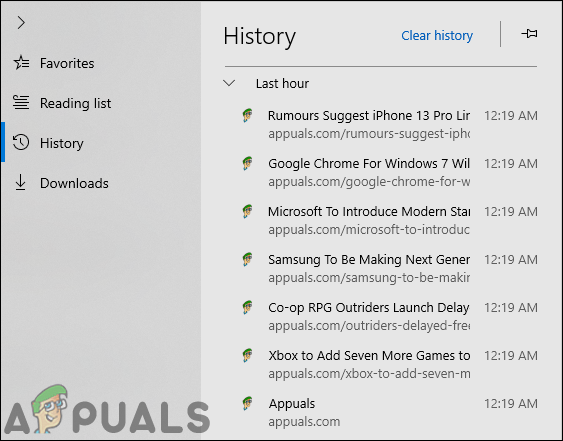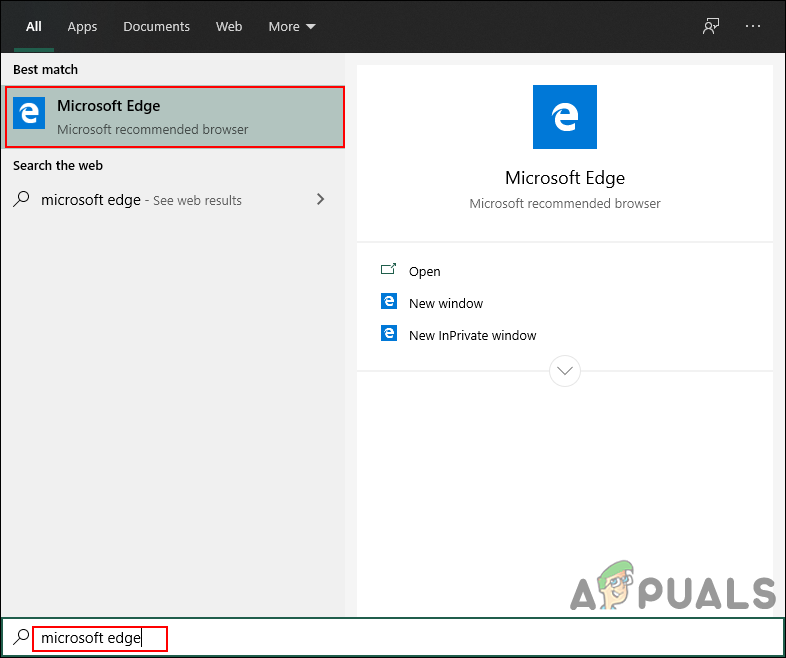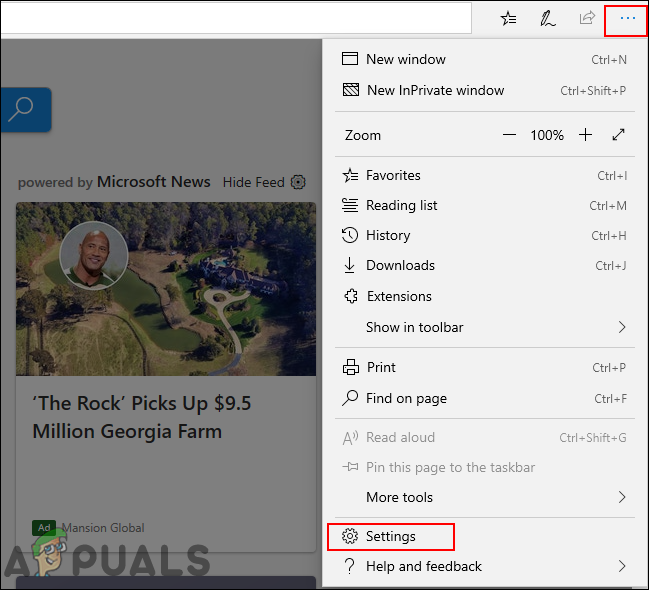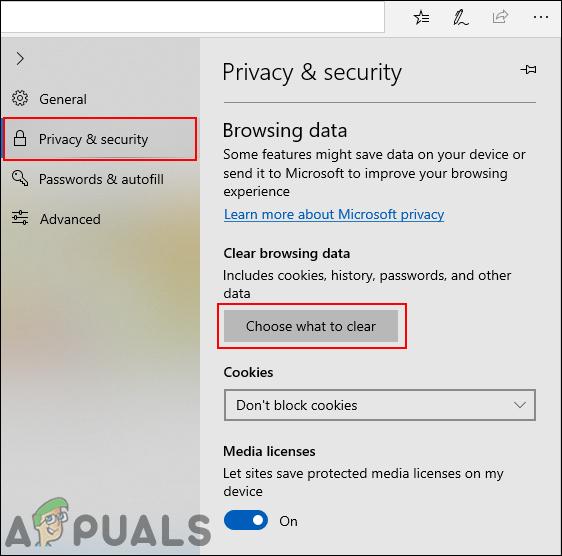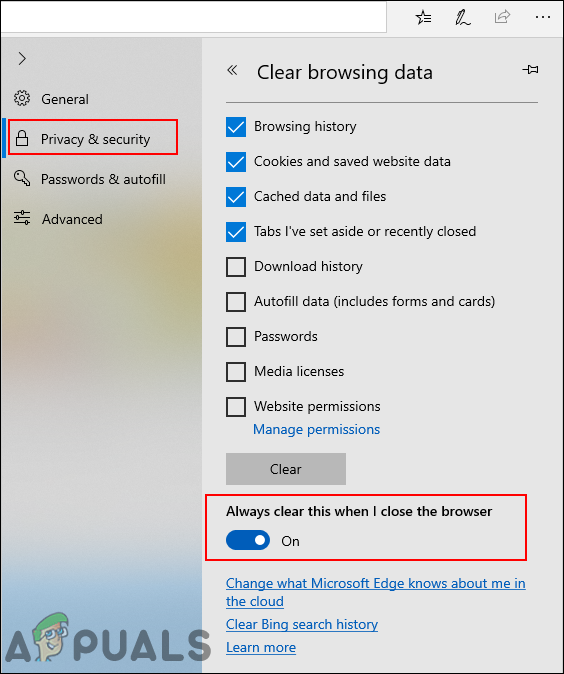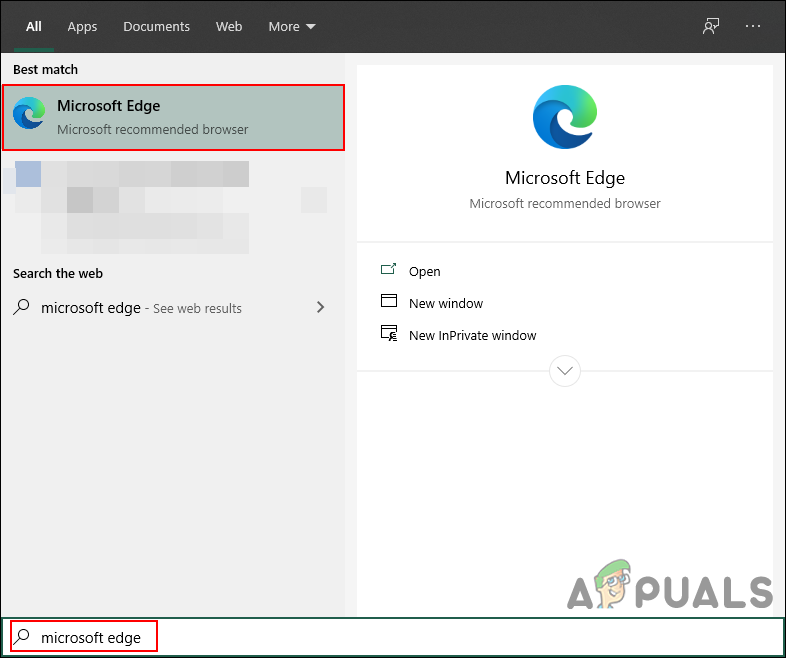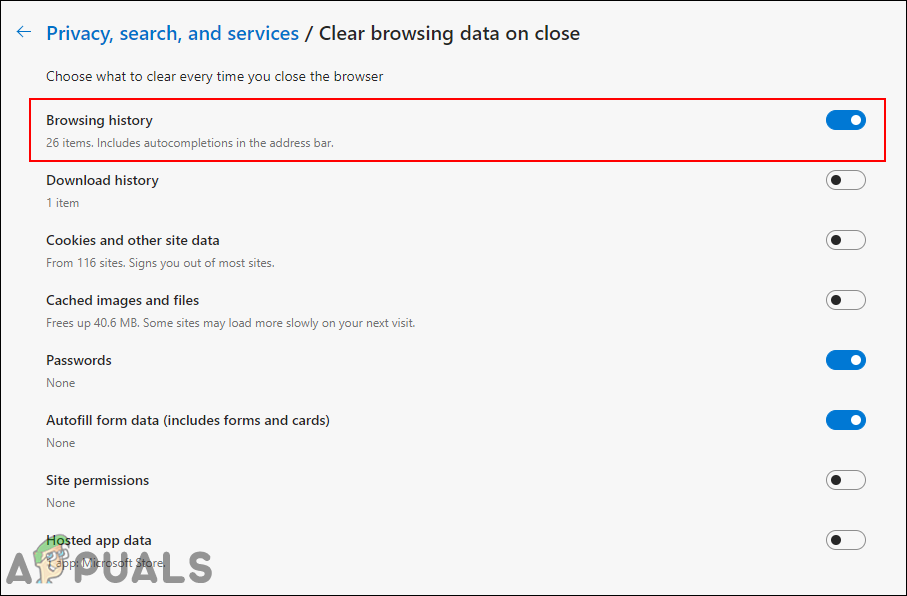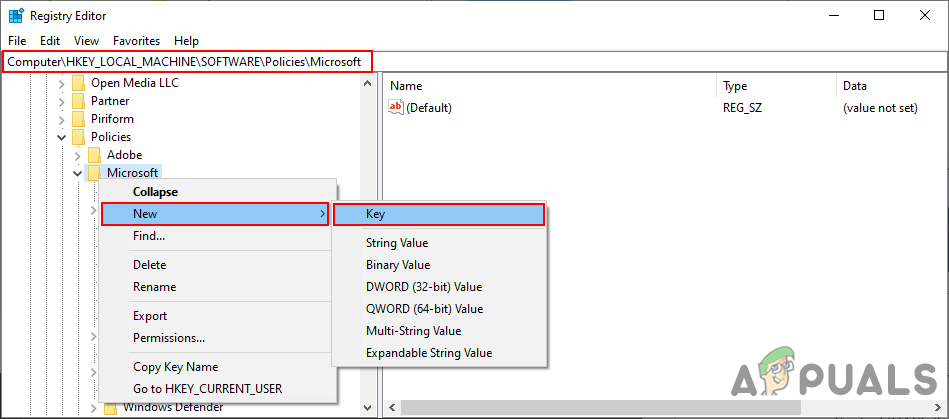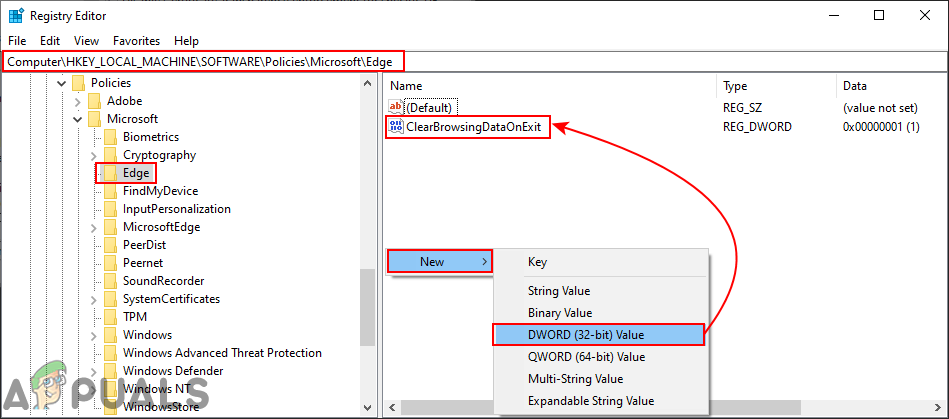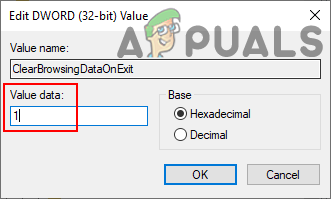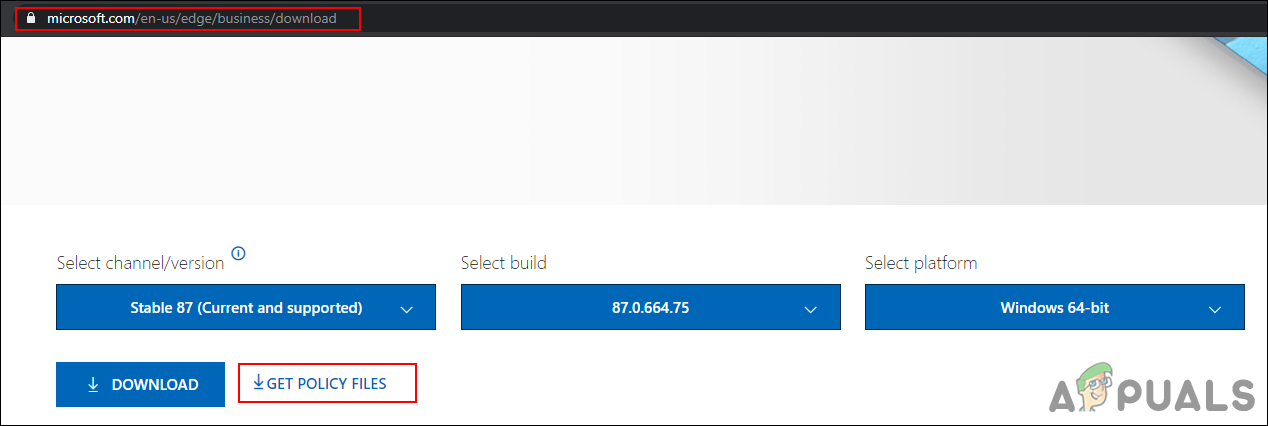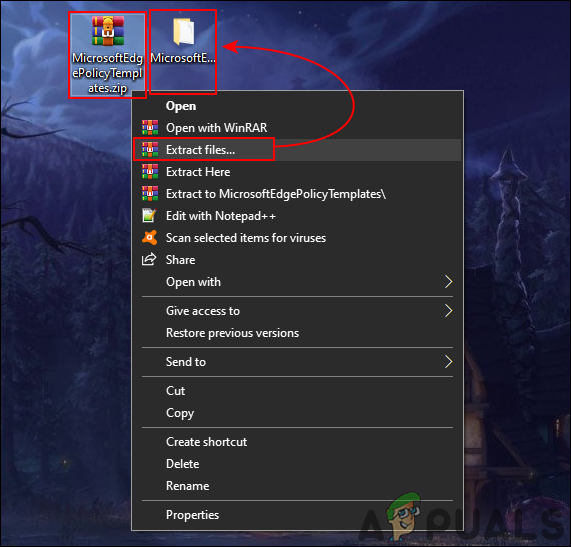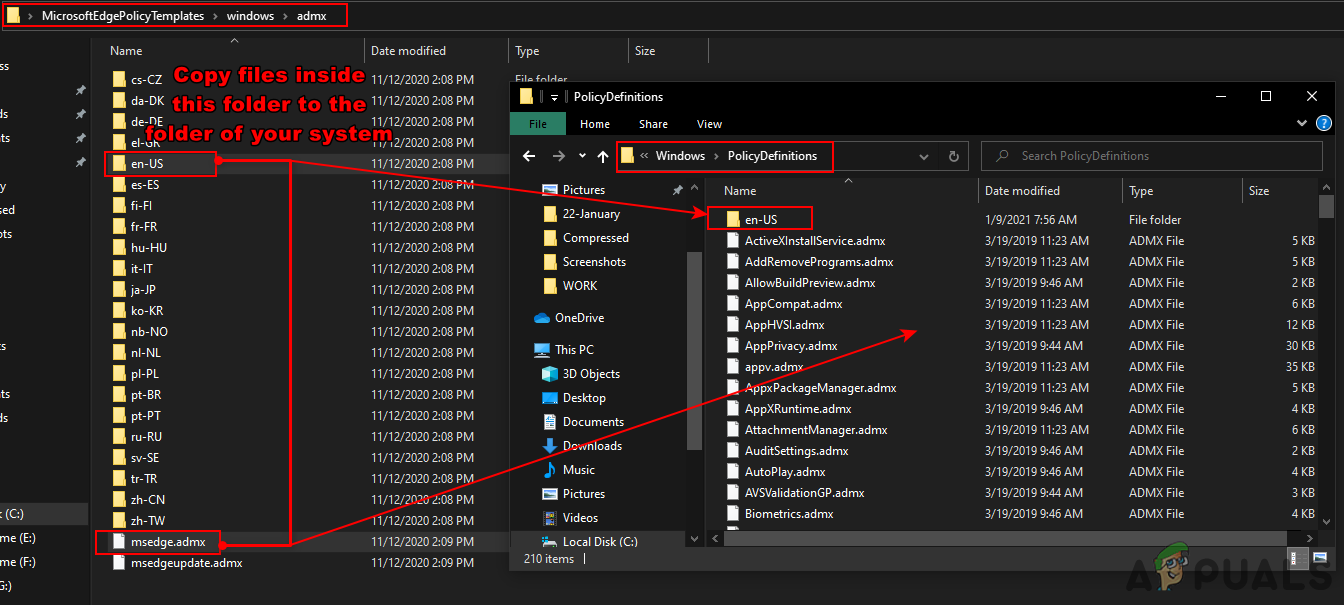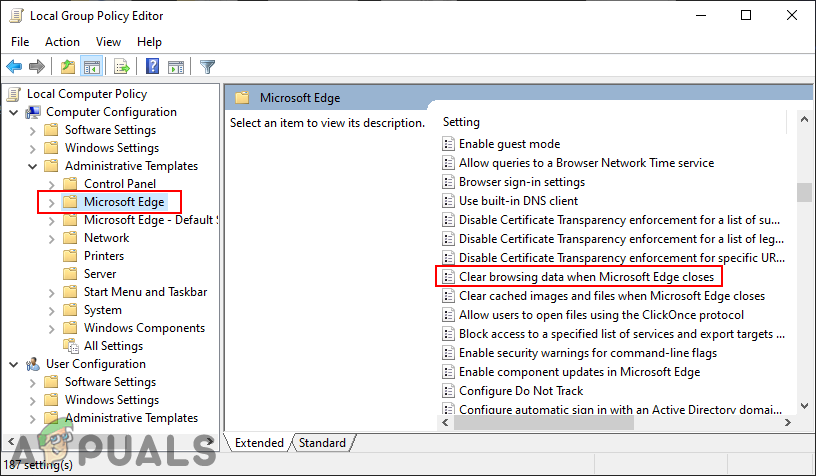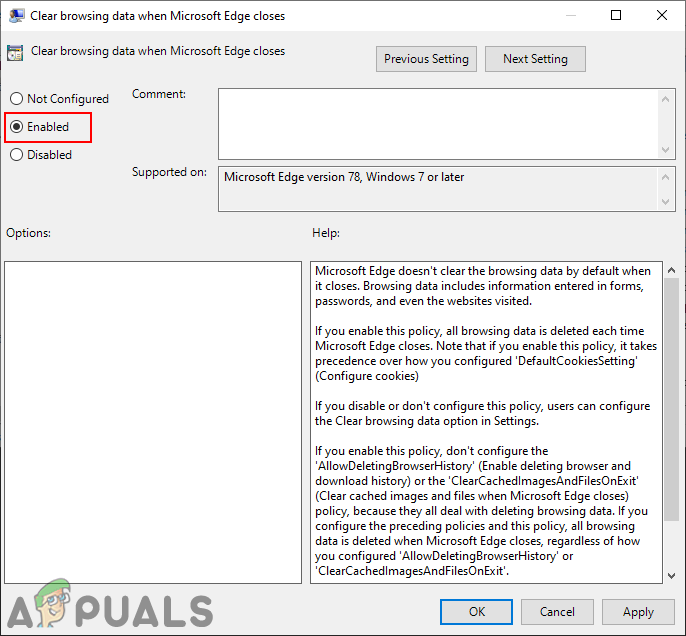Disabling the Search History
Rather than using the InPrivate browsing every time, an administrator can disable the history saving for Microsoft Edge. Another reason for disabling history saving can be if the PC is used by multiple users and they don’t want to share their browsing history with others. There are several different methods through which you can disable the history saving in Microsoft Edge. Some of the below methods will depend on the version of your Windows 10 operating system.
Disabling the History in the Legacy Microsoft Edge
The Microsoft Edge legacy is the default version that comes with Microsoft Windows. This has different settings than the latest new Microsoft Edge. The policy setting for this version is already available in the system and can be configured without downloading new files.
Method 1: Using the Microsoft Edge Settings
Microsoft Edge provides an option through which it will remove all the browsing history when closed. This option can be found in the settings on Microsoft Edge. It also provides other options that the user can select or deselect. Follow the below steps to check it out:
Method 2: Using the Local Group Policy Editor
The Group Policy Editor is an administration tool that allows users to control the working environment of their operating system. There is a specific setting in the Group Policy through which users can enable or disable the history saving in Microsoft Edge. The setting can be found in both the Computer Configuration and User Configuration categories. This setting can be configured very easily in just a few steps as shown below: Note: The Group Policy Editor isn’t available in the Windows Home edition. So, skip this method if you are using that version of Windows 10.
Method 3: Using the Registry Editor
Another method that is similar to the Group Policy Editor is by using the Registry Editor. This will do the same job as the Group Policy Editor. If you already used the Group Policy Editor method, then it will automatically update the key/value regarding this setting. If not, then you need to create the missing key/value manually in the Registry Editor. We always recommend users to create a backup of the Registry before making any new changes to it. The value for this setting can be created in both Current User and Current Local Machine hives. The path will be the same, but the hive will be different.
Disabling the History in the New Microsoft Edge
The new Microsoft Edge is the one that you must have downloaded from the site. It will replace the old legacy version on your system. The settings for this version will also be different and you need to download policy files if you want to use the Group Policy method. The default policy settings will not work on the new Microsoft Edge browser.
Method 1: Using the Browser’s Settings
The interface will be different for both the legacy and the new Microsoft Edge browser. Most of the settings will be the same but located in a different location. Every new update changes the interface of the browser’s settings. This may be changed in the future but the setting will be similar.
Method 2: Using the Registry Editor
The Registry Editor method for the new Microsoft Edge browser is quicker than the Group Policy Editor method. Even if the policy files are missing in the Group Policy Editor, you can still configure the setting for the applications in the Registry Editor. You only have to create the missing key or value for the setting.
Method 3: Using the Local Group Policy Editor
The default policy settings in the system will work only on the legacy Microsoft Edge browser. For the new latest Microsoft Edge, you may have to download the policy settings and copy them to your system folder. It will require more steps than the other methods for the same setting. If the setting is already available in “User Configuration\Administrative Templates\Windows Components\Microsoft Edge” or “Computer Configuration\Administrative Templates\Windows Components\Microsoft Edge“, then try using that and check if that works for your browser.
How to Stop Google From Saving Your Search HistoryHow to Disable Deleting Browsing and Download History in Microsoft Edge?How to Stop the ‘Microsoft Edge is Being Used for Sharing’ PopupHow to Stop Automatic Redirects on Google, Firefox and Edge
